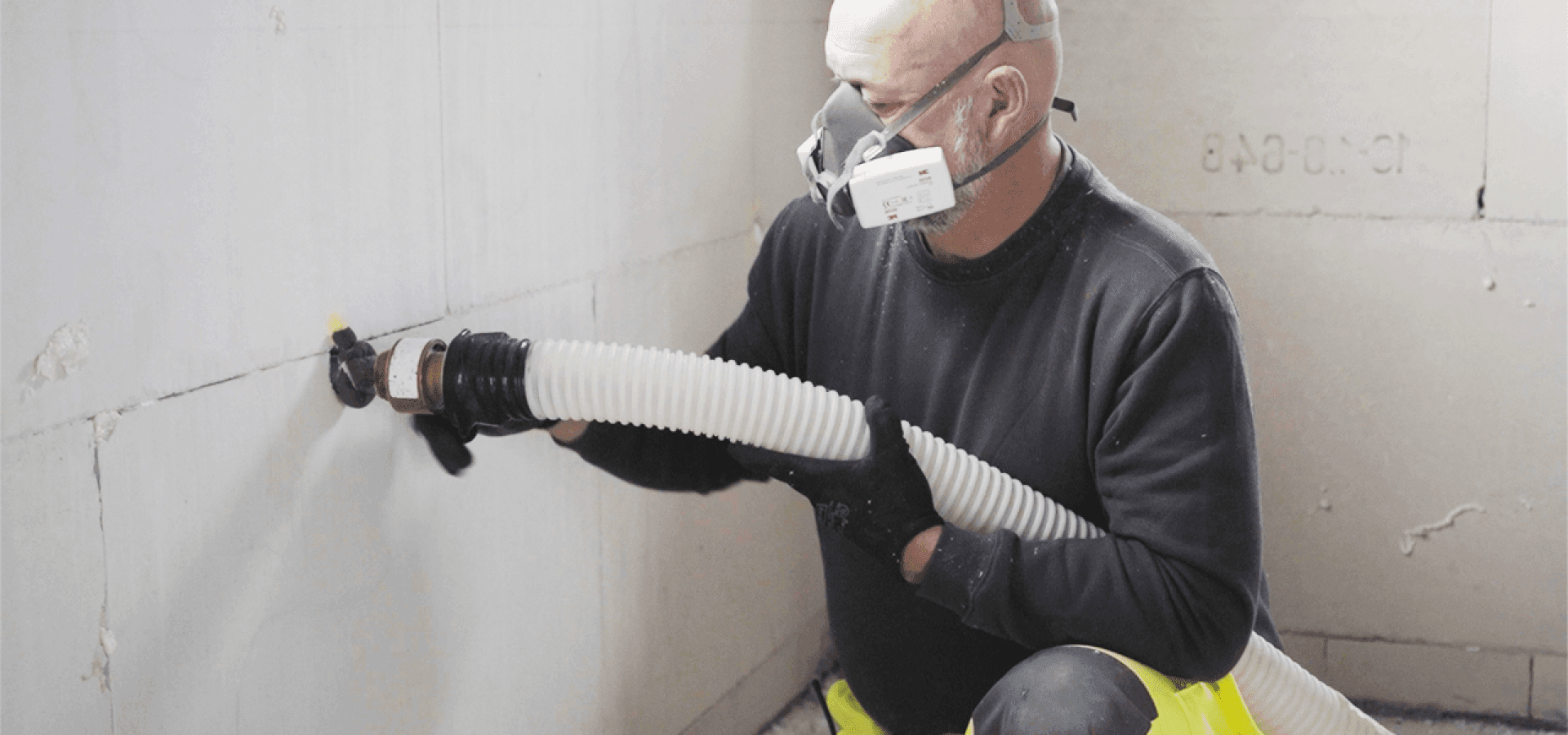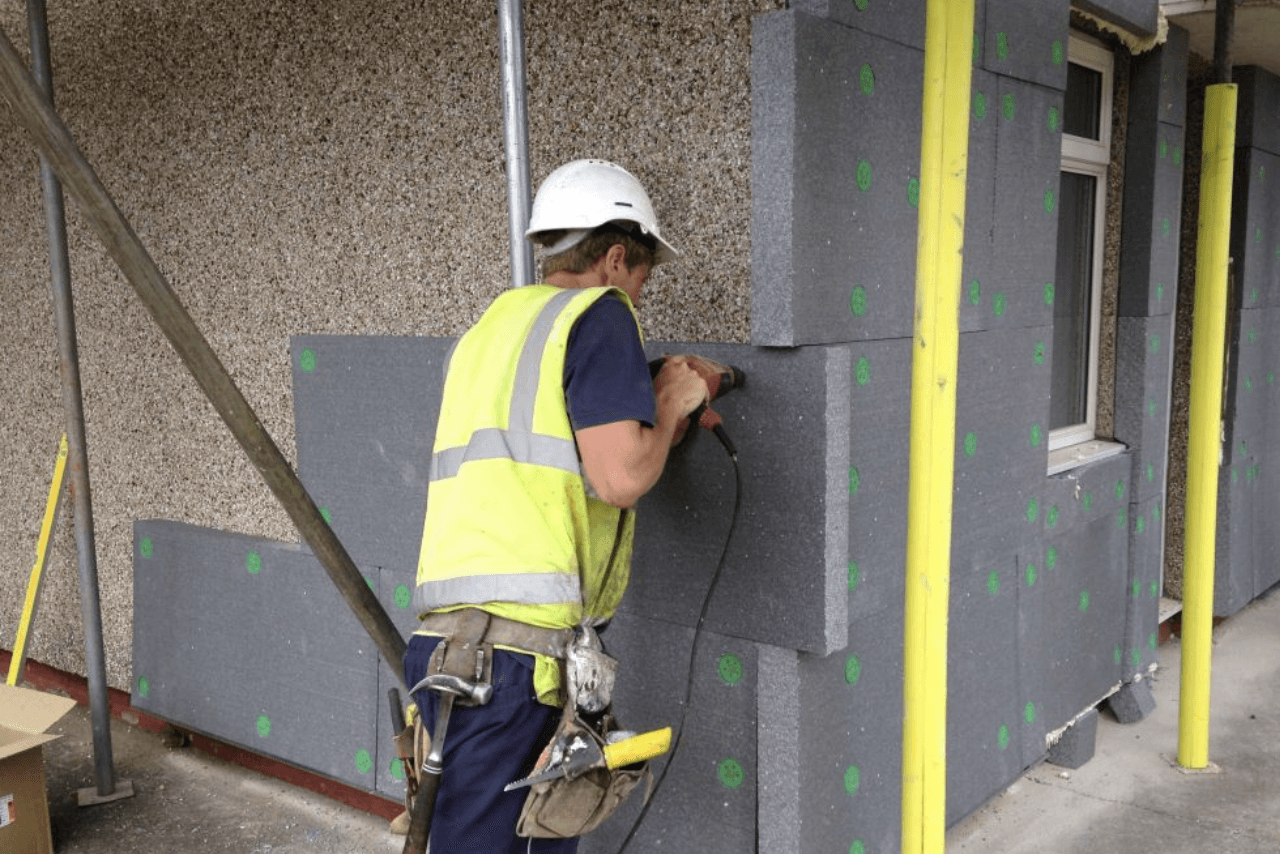With just 44% of households achieving an A-C rating on their Energy Performance Certificate (EPC), inadequately insulated homes are a widespread issue across the UK. Consequently, many homeowners suffer from high energy bills, substandard living conditions, and frosty winters.
When it comes to insulating your home, the options are vast, ranging from loft insulation to solid wall insulation. The choice depends on your property's specifics and your budget constraints.
Good insulation is paramount in keeping your energy bills in check and preventing heat from escaping. However, the insulation needs of every home are unique.
Our comprehensive guide to the best insulation types will provide you with insights tailored to your requirements.
Loft Insulation

Loft insulation offers the best investment for home insulation compared with any other option. Insulating your loft can reduce your heat loss and bills by 25%, loft insulation also offers a quick payback on your investment, typically within 3 years.
| Property type | Bungalow | Terrace | Semi-Detached | Detached |
|---|---|---|---|---|
Cost | £1,200 | £880 | £930 | £1,200 |
Key Benefits
- Save between £270 – £445 on your annual energy bills
- Reduce heat loss by around 24%
- Excellent return on investment of roughly 3 years
- Fairly easy DIY
Key Disadvantages
- Fibreglass is can cause skin, throat, and eye irritation
- Poorly installed insulation can become damp
Cavity Wall Insulation

For homes featuring cavity walls, cavity insulation is highly recommended. Cavity walls comprise two layers of brick with a gap in between.
Installing cavity insulation in a semi-detached house typically costs around £1,200 and can yield savings of up to £305 annually, leading to a breakeven period of just four years.
Additionally, various eco-friendly insulation materials are available for cavity wall insulation, including:
- Blown mineral fibre — fibreglass or mineral wool strands forced into the cavity using compressed air
- Polystyrene beads or granules — resin-bound or loosely installed beads
- Urea formaldehyde foam — injected into the cavity, expanding to fill the gap
| Property type | Flat | Bungalow | Maisonette | Semi | Detached |
|---|---|---|---|---|---|
Cost | £410 | £910 | £620 | £1,200 | £2,500 |
Key Benefits
- Reduces moisture buildup risks
- Enhances sound isolation
- Adds fire resistance
Key Disadvantages
- Professional installation required
- Potential cold spots due to insulation gaps, increasing condensation likelihood
- Solid Wall Insulation
Solid Wall Insulation

Homes constructed in the UK before 1920 are likely to have solid walls, accounting for 28% of properties.
Solid wall insulation can be applied internally or externally, with the method chosen based on preference.
Internal insulation involves affixing rigid insulation boards to walls, concealed by plasterboard for aesthetic appeal.
External insulation entails applying an insulating layer to walls before attaching render or cladding, followed by finishing touches to enhance appearance.
Solid wall insulation can yield savings of up to £390 annually, albeit with substantial upfront costs — approximately £14,000 for external walls and £10,000 for internal walls.
| Property type | Flat | Bungalow | Maisonette | Semi | Detached |
|---|---|---|---|---|---|
Cost | £6,500 | £8,000 | £7,000 | £9,000 | £17,500 |
Key Benefits
- Enhances sound insulation
- Reduces heat loss by up to 60%
- Potential reduction of around 0.9 tonnes of CO2 emissions per year
Key Disadvantages
- Internal solid wall insulation reduces room size by approximately four inches
- Higher cost compared to cavity wall insulation
Floor Insulation
Floors contribute to approximately 15% of a home's heat loss, making insulation a prudent choice. This insulation type creates a barrier between floorboards and floor joists, preventing heat leakage through tiny gaps.
When installing floor insulation, addressing underlying rot or dampness is imperative to prevent moisture entrapment, which can damage floors.
Various materials are utilised for floor insulation, including:
- Insulation boards/EPS sheets — sturdy, crack-resistant boards offering waterproof properties
- Spray foam — delivers excellent heat retention, akin to roof insulation applications
- Cork, wood, or cellulose — cost-effective but less efficient insulation options, often combined with other materials for enhanced efficacy
As material choices vary, so do costs. Refer to the table below for average floor insulation prices by property type, sourced from the National Insulation Association.
| Property type | Flat | Maisonette | Semi | Detached |
|---|---|---|---|---|
Cost | £750 | £1,000 | £1,500 | £2,500 |
Pipe Insulation
Pipe insulation comprises foam tubes wrapped around pipes transporting hot water from boilers to hot water tanks.
It serves as a crucial method for reducing heat loss, thereby lowering energy bills and preventing pipe freezing during cold spells. By retaining warmth, boiler usage decreases.
Notably, pipe insulation can be installed independently, without professional assistance. Simply procure the material, measure the pipes, and fit the insulation.
While pipe insulation may only save £3 annually according to the Energy Saving Trust (EST), its affordability makes it a worthwhile investment. At approximately £1.75 per meter of insulation and around £20 to cover primary pipes, the benefits outweigh the costs.
Key Benefits
- Mitigates heat loss
- Prevents pipe freezing
- Reduces condensation buildup
Key Disadvantages
- Challenging retroactive installation
- Minimal impact on energy bills
Which Insulation Type Suits You Best?
Selecting the optimal insulation hinges on your home's unique circumstances. Identify areas lacking insulation and prioritise accordingly.
35–40% of your heat loss leaks out through your walls, so this should be your priority. If you have solid walls however, the cost can climb high.
Roofs account for around 25% of a home’s heat loss, making it the second-most important part of a home to insulate. Roof insulation is cheaper than solid-wall insulation, too.
Roughly 15% of your heat loss will go through your home’s floors, and because costs aren’t prohibitive, it’s definitely worth considering.
Finally, windows account for nearly 20% of heat loss in a property, which makes getting double glazing a smart decision.


